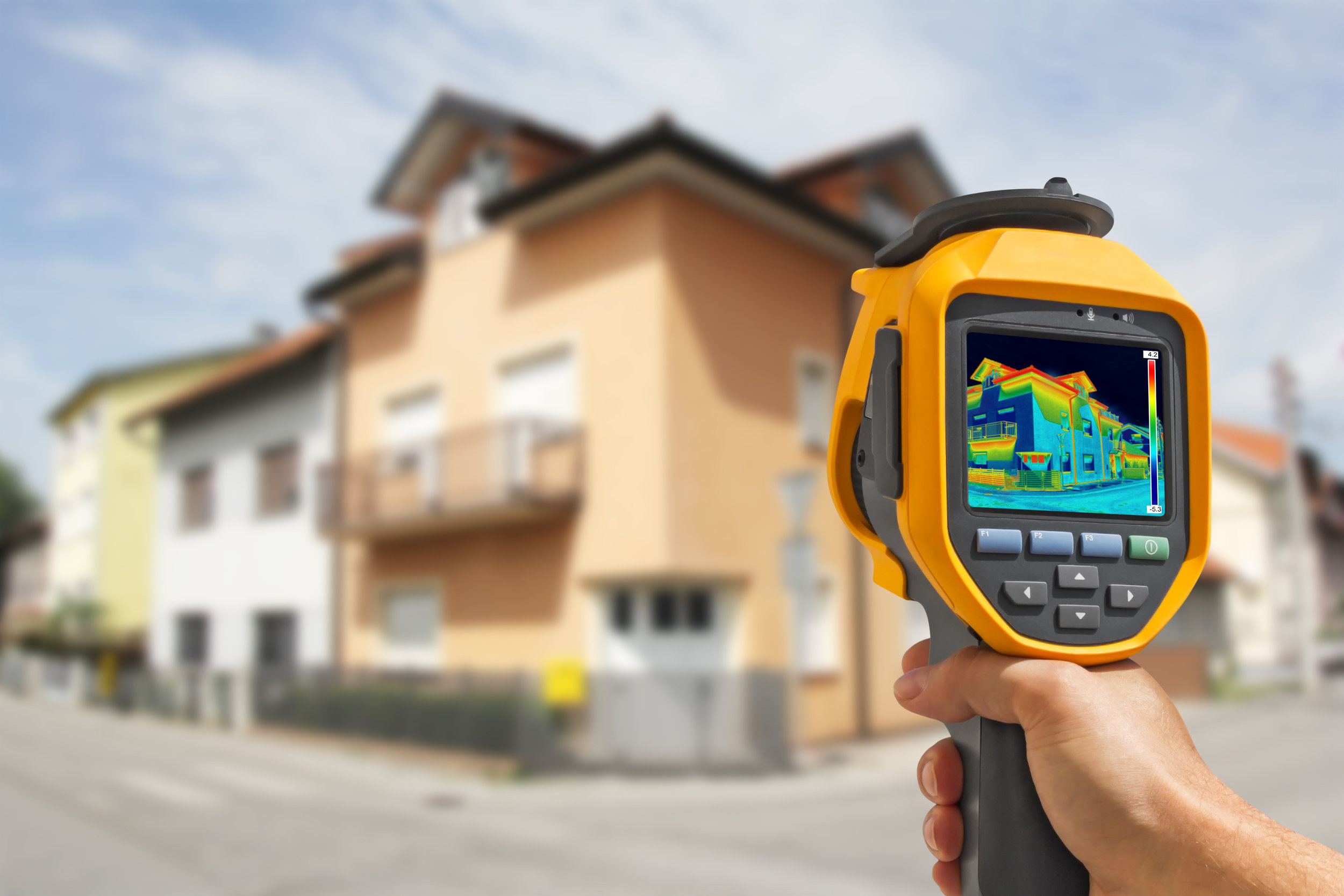Sound and vibration testing are used to find out how well a device handles sound. Testing can determine whether the product emits any unwelcome noise, distracting or annoying for users. For example, if you stand next to a speaker that's playing music at total volume, your ears might start hurting after a while because of all the vibrations they're exposed to from those high-pitched sounds coming from its tiny speakers!
Sound and vibration testing is a way to check for issues related to the noise, resonance, frequency range response of equipment. Sound waves are sent into that machine or product with an input device like a microphone; then, they travel through it until they hit another one called a detector which measures the output sound wave. Vibrations work similarly where you have different types of shakers on top of other surfaces depending on what kind of problem you're trying to solve.
Sound and vibration testing is a form of inspection in which the physical equipment is analyzed for defects by measuring its noise levels. Typical reviews include transmission line, housing terminal breathing pipe, fan blade assembly sound pressure level measurements at different speeds with frequencies ranging from 50 Hz-1 kHz; also used to determine problems such as excessive harmonic vibrations or bearing stiffness during machine start-up after overhauling/repairing. This type of test can be performed on large machinery like turbines that may generate ultra-low frequency (ULF) noises below 20Hz while operating under various loads & rotational speeds.
When you hear the screeching of your tires against asphalt, that is sound. When a wave from one end of an object to another causes movement in the material itself, this is called vibration. Sound and vibration testing are two different integrity tests for materials or structures used in industrial manufacturing, such as power generation equipment and nuclear reactors.
Why is Sound and Vibration Testing important?
If you are in the process of designing a new product or building something, it's essential to consider what kind of noise it will make. A lot goes into making sure that everything is soundproofed and quiet during use, not disturbing others nearby. This type of testing considers how loud your device might be when used by consumers, which requires some knowledge about acoustics--the study on sounds produced from non-living sources like machines etc., vibration studies - vibrations caused due to machinery operation, for example, things moving back & forth rapidly creating waveforms above ground level, human activity related acoustic issues. Sound and vibration testing is a method of evaluating equipment by observing its effects on its surroundings. The volume, pitch, or frequency at which sound leaves an object can be measured to determine whether that device meets specific standards for human safety about decibel levels emitted. Vibration analysis involves using sensors with various types of fixtures attached to them when placing mobile objects into service so as not to allow any form of structural damage to to occur during operation over time due to wear from usage beyond intended design factors. Contact us now to learn more.





